Do you have a question about the Samsung TU7000 and is the answer not in the manual?
Connect external devices and the internet to your TV for enhanced functionality and access.
Explore apps, smart services, and features for enhanced TV functionality and content access.
Customize picture settings like mode, brightness, contrast, and color for optimal viewing experience.
Optimize TV settings for gaming and specific video formats for an enhanced external device experience.
Personalize audio quality with sound modes, balance, equalizer, and output format settings.
Keep your TV up-to-date with the latest software versions for optimal performance and features.
Configure accessibility features like voice guides, captions, and high contrast for enhanced usability.
Resolve common picture problems like flickering, dimming, incorrect color, or distorted images.
Troubleshoot audio problems such as no sound, low volume, or odd noises from speakers.
Resolve problems with internet connectivity, wireless or wired network failures, and IP configuration.
Check connections and signal issues if the TV screen is not displaying correctly.
Troubleshoot remote control issues, including battery checks and signal transmission problems.
Learn TV menus with voice guidance for visually impaired users to navigate features.
Access the embedded user manual for detailed TV features and functions.
| Screen shape | Flat |
|---|---|
| Response time | - ms |
| Display diagonal | 75 \ |
| Display brightness | - cd/m² |
| Display technology | LED |
| Native aspect ratio | - |
| Peak luminance ratio | 81 % |
| Display diagonal (metric) | 189 cm |
| Supported graphics resolutions | 3840 x 2160 |
| Motion interpolation technology | PQI (Picture Quality Index) 2000 |
| Annual energy consumption | 214 kWh |
| AC input voltage | 220 - 240 V |
| AC input frequency | 50 - 60 Hz |
| Energy efficiency scale | A+++ to D |
| Power consumption (max) | 250 W |
| Power consumption (standby) | - W |
| Power consumption (typical) | 154 W |
| Common interface (CI) | Yes |
| USB 2.0 ports quantity | USB 2.0 ports have a data transmission speed of 480 Mbps, and are backwards compatible with USB 1.1 ports. You can connect all kinds of peripheral devices to them. |
| Common interface Plus (CI+) version | 1.4 |
| Tuner type | Analog & digital |
| Digital signal format system | DVB-C, DVB-T2 |
| Package type | Box |
| Package depth | 198 mm |
| Package width | 1118 mm |
| Package height | 1840 mm |
| Package weight | 41900 g |
| Product color | Black |
| Rollable display | No |
| Sound modes | Cinema |
| Depth (with stand) | 341.1 mm |
|---|---|
| Height (with stand) | 1047.4 mm |
| Weight (with stand) | 30800 g |
| Depth (without stand) | 59.5 mm |
| Width (without stand) | 1672.2 mm |
| Height (without stand) | 957.7 mm |
| Weight (without stand) | 30400 g |

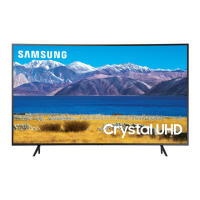


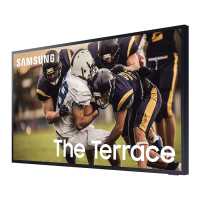
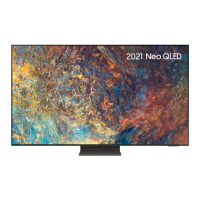
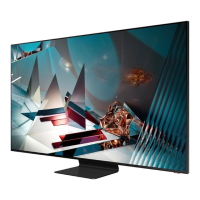
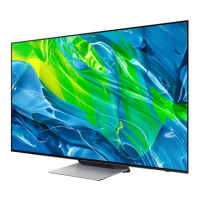

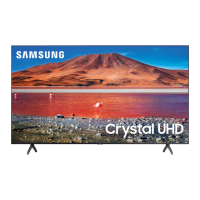
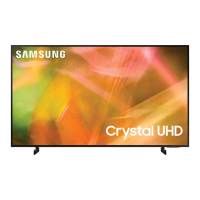
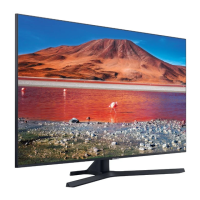
